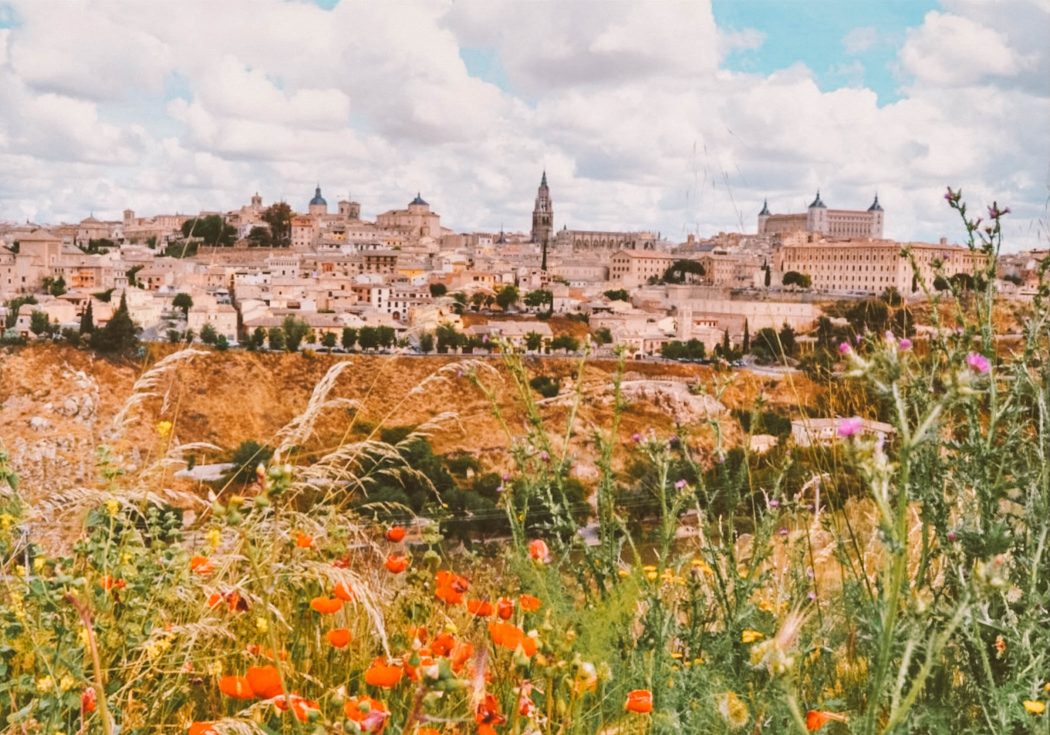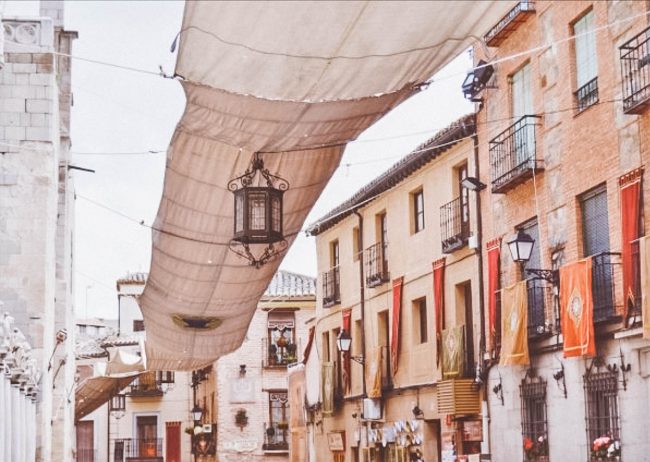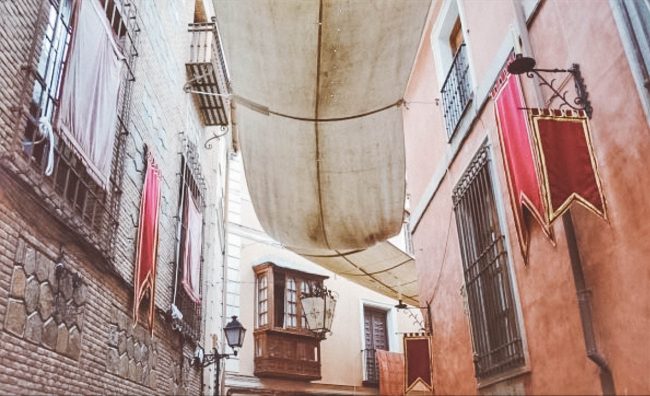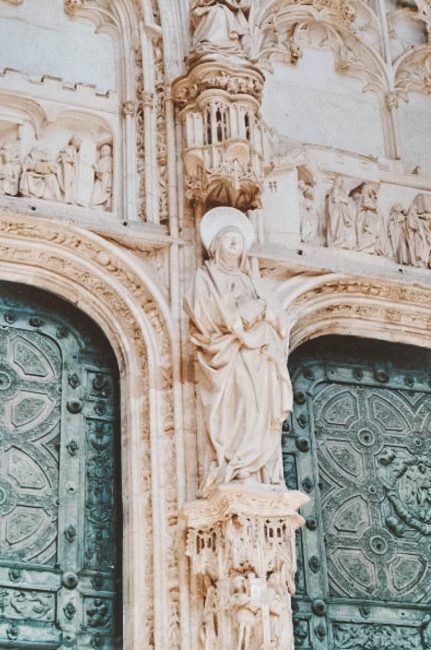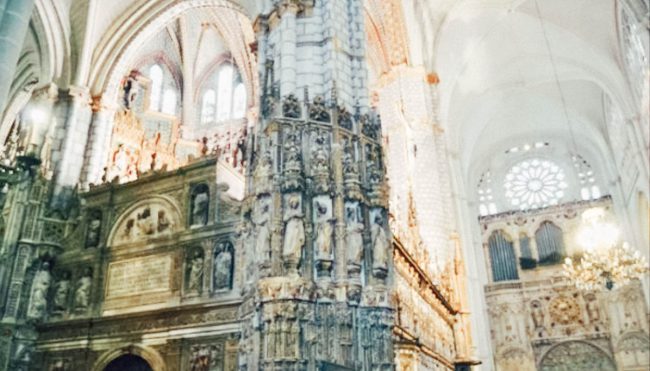Declared a World Heritage site by UNESCO in 1986, the former capital of Castile truly captures the essence of Spain thanks to its long and storied history. In the Middle Ages, Toledo was a prosperous town where Muslims, Jews and Christians lived in relative harmony and tolerance with each other. As a hidden empire of three cultures, the city is one of the spanish cities with the greatest wealth of monuments.
Toledo, also known as La Ciudad Imperial (Imperial City), is a walled city on a hill. Famed for its golden sands, the winding Tajo river, which is the longest of the Iberian peninsula, surrounds the city on three sides. Behind its walls, the romantic city of Toledo treasures a combination of major architecture and great works of art with a practically intact old quarter. During his forty years, the famous Spanish Renaissance painter El Greco immortalized the city with his magnificent paintings.
Before venturing to discover the traces left behind by the three cultures, we took our time in one of the city´s viewpoints. With red poppies and vivid flowers in full bloom, the scene was simply sublime. As soon as we passed through The Puerta de Bisagra, the main entrance to the old City, Toledo worked its magic and transported us to its brilliant past.
Thanks to its easy access from Madrid, visitors are always tempted to visit the beautiful city of Toledo, especially during peak travel times. With so many tourists packing the narrow side streets, squares and gardens, the experience can´t be as magical as you may think.
However, if you travel off season, like we did, you will have the great opportunity to walk along deserted backstreets and byways which will certainly give you the feeling of stepping back in time to hundreds of years ago.
As well as other Christian churches, mosques and synagogues, the Primada Cathedral is the principal landmark. Rising 146 feet above the city and crowned by a 100-metre spire, the impressive Gothic cathedral will delight you with its works of art, elaborate frescoes and detailed sculptures.
Not far away, the foreboding Alcázar is also a must. Built in the 16th century, the spectacular fortress houses today the Regional Library and the new Army Museum.
Consuegra Mills
Once again on the road, we drove along the arid roads of La Mancha region with the aim to visit the charming village of Consuegra which is located just 60 km south of the Imperial City of Toledo.
When the 11 windmills of Consuegra appeared on the horizon, we truly got the sense of being right in the epic scene of Quixote’s battle with the windmills. Click here to read about our trip to this little town where the world’s finest saffron is grown.
Latest posts by Rakel (see all)
- Hotel Can Joan Capó- Adults Only, in Sineu (Mallorca) - July 12, 2023
- Northern Light Ranch, Kittila (Finland) - January 23, 2022
- A Quick Guide to Mallorca - November 16, 2021

